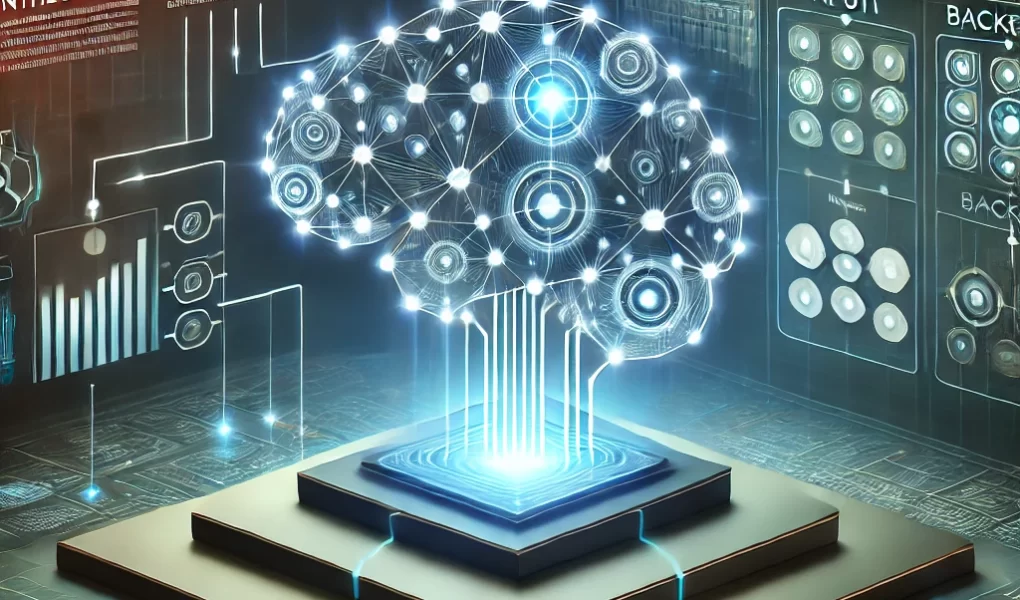TLDR; Alert instead : Watch this video
In the ever-evolving world of Generative AI technology, the concept of LLM agents is gaining momentum, offering innovative ways to automate and optimize tasks. This article delves into the core idea behind agents.
At its core, an agent is a software component that uses a Large Language Model (LLM) as its “brain” to plan, execute, and adapt to dynamic tasks. Unlike static orchestration logic traditionally written by developers, agents can create plans at runtime, enabling more dynamic and context-aware solutions.
Anatomy of an Application
Applications are typically structured into three tiers:
- Input Tier: Interfaces through which external entities interact, such as user interfaces, web APIs, or IoT sensors.
- Mid-Tier (Orchestration Layer): Processes and interprets inputs to create logic for interacting with the backend.
- Backend Tier: Stores data (e.g., relational or NoSQL databases) and exposes interfaces to interact with external systems.
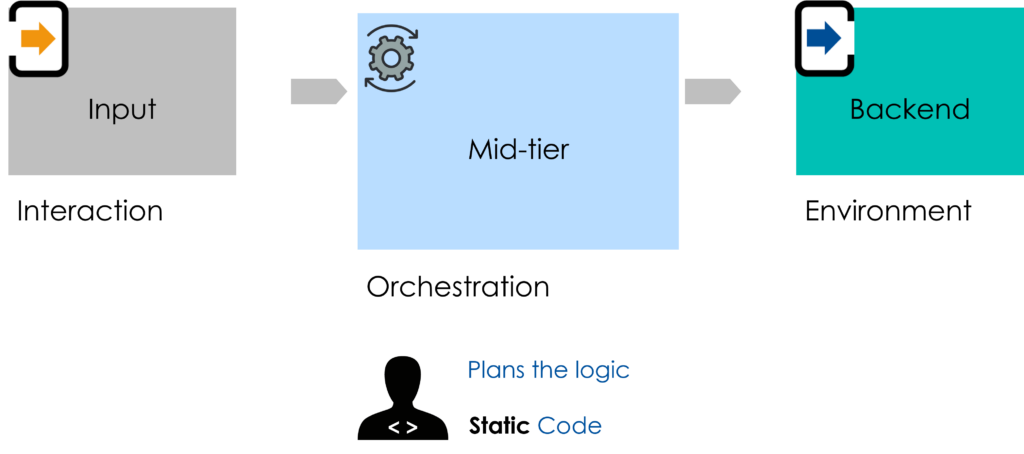
Agents revolutionize the mid-tier by replacing static orchestration logic with a more adaptive and intelligent system.
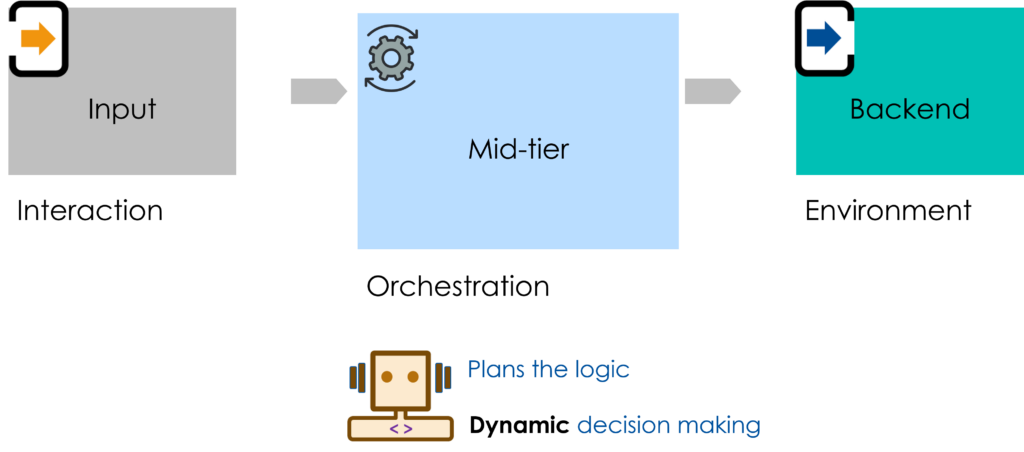
How Agents Work
An agent leverages an LLM to understand tasks and execute them effectively. Here’s how it operates:
- Understand : User’s intent
- Planning: The LLM generates a plan for the task.
- Execution: The agent uses external interfaces, known as tools, to execute the plan.
- Output Generation: The LLM processes the tool’s responses and generates the final output.
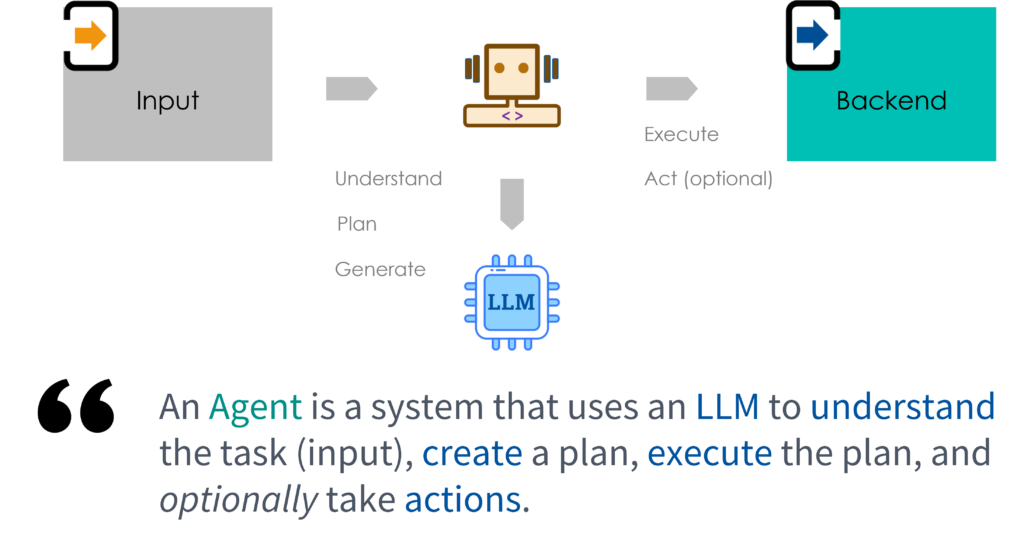
Tools and Toolkits: Empowering Agents
Tools act as wrappers for backend APIs or functions, enabling agents to interact with their environment. Tools come in two types:
- Unstructured Tools: Accept single strings as input.
- Structured Tools: Accept multiple input parameters.
Related tools are grouped into toolkits, such as a file system toolkit with tools for reading, writing, and deleting files. These tools provide dynamic context, enabling agents to make real-time decisions, like determining weather conditions or stock prices.
Single-Step Agents in Action
A single-step agent completes tasks or queries in one go. Here’s an example:
Query: “In New York City, should I carry an umbrella today?”
Agent follows the workflow as depicted in this illustration:
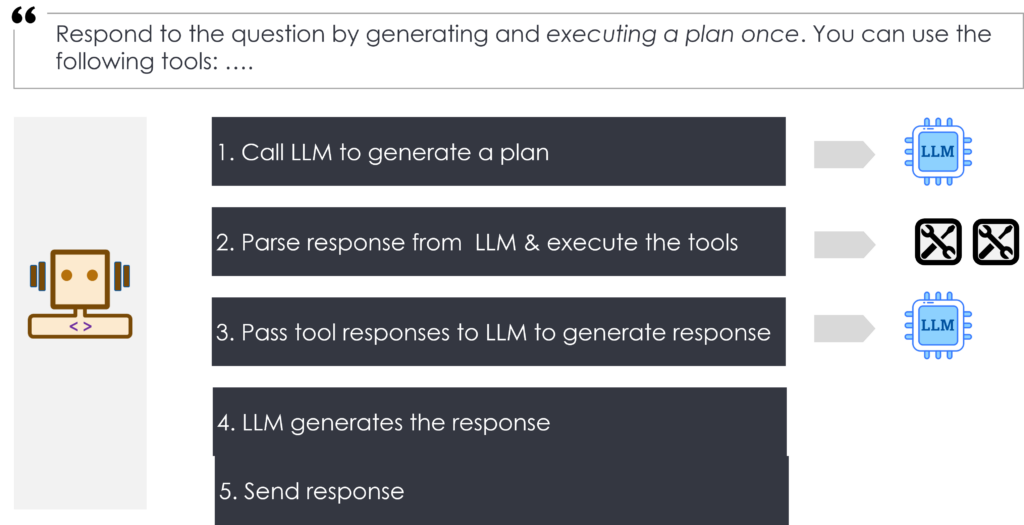
This workflow mirrors traditional Retrieval-Augmented Generation pipelines but introduces enhanced decision-making capabilities!!! It will become clear once you will see an agent in action in part-2
Agentic RAG: The Next Step in Intelligent Systems
Agentic RAG is an advanced framework that combines traditional RAG with agent-like capabilities. By integrating dynamic planning, reasoning, and interaction, Agentic RAG systems autonomously retrieve information, make informed decisions, and generate accurate responses.
Key Takeaways
- Agents: Software components powered by LLMs, enabling dynamic task planning and execution.
- Tools: Interfaces for agents to interact with their environment, grouped into toolkits for specific tasks.
- Agentic RAG: An evolution of RAG pipelines that incorporates agent-like decision-making for improved performance.
What’s Next?
In part-2, I will show you how to create an agent without using any framework such as LangChain !!
Happy learning!
Interested in learning Generative AI?
Join my course : “Generative AI application design & development“
Check it out on UDEMY:
#ArtificialIntelligence #MachineLearning #AIInnovation #TechSolutions #FutureOfTechnology #AIAgents #AgenticRAG #RetrievalAugmentedGeneration #LLMApplications #DynamicAI #APITools #SoftwareDevelopment #TechFrameworks #AIProgramming #DeveloperTools #AutomationTools #SmartApplications #AIWorkflow #DigitalTransformation
